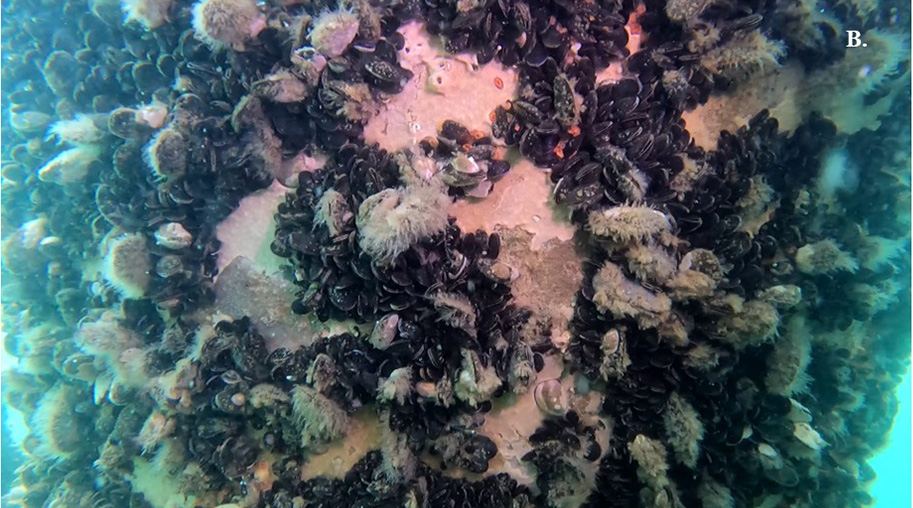
A Team of Leading Scientists from CSA Ocean Sciences Publishes New Paper on the Ecological Effects of the Block Island Wind Farm
A team of CSA Ocean Sciences Inc.’s (CSA) scientists, led by Chief Sciences Officer Dr. Mark Fonseca and co-authored by Adrianna McMahon, Bob Erickson, Dr. Christopher Kelly, John Tiggelaar II, and Bruce Graham, have published a new paper, Effects of the Block Island Wind Farm on Benthic and Epifaunal Communities, which is now freely available at the Journal of Coastal Research website (https://meridian.allenpress.com/jcr/article/doi/10.2112/JCOASTRES-D-23-00096.1/501491/Effects-of-the-Block-Island-Wind-Farm-on-Benthic). The article is scheduled to print in the upcoming November 2024 issue: JCR 40(6).
This paper, supported by research funds from the Bureau of Ocean Energy Management (BOEM), reports on monitoring surveys conducted at three of the five commercially operating turbines in waters off Block Island, Rhode Island, USA, with an emphasis on the final, fourth year of a BOEM monitoring program. Monitoring focused on changes to sediments and infaunal and epifauna species abundance, richness, and diversity caused by the presence of the turbine structure.
The paper also provided a comparative analysis of related works, particularly from Europe, but also predecessor studies at Block Island to provide context for the present study and its results. As anticipated, based on a comparison with other study results, changes in benthic conditions were evident only in the immediate footprint of the turbine foundations. Aside from a local (to the turbine structure) shift in particle size, little evidence of a temporally or spatially progressive pattern of change (as a function of distance away from the turbines) in seabed physical and biological composition, or on the turbine structures themselves, was found.
This lack of a systematic pattern of influence suggests that many of the intra- and interannual differences may be attributed to natural fluctuations, especially dramatic among-year changes in the animals growing on the turbine structures. These results suggested a community in constant flux and as seen in other studies, lacking a trend toward the formation of a climax community, which is characterized by a stable faunal composition. Moreover, for these dynamic communities, it was suggested that future sampling may consider using a fixed station, repeated measures approach, as has been done in similarly dynamic, intertidal communities to manage these extremes of habitat variability.
As the development and construction of offshore wind projects take shape in the US, there will continue to be a need to fill data gaps on the potential impacts of this infrastructure on marine resources, including benthic and epifauna communities. Fundamental to gaining a better understanding of the nature and the potential spatial and temporal scales of any changes to the marine ecosystem will be the implementation of pre- and post-construction benthic monitoring programs. These multi-year monitoring programs, such as those conducted at the Block Island Wind Farm, provide the necessary objective data that allow both developers and regulators to make science-based decisions associated with the emerging offshore wind industry.
Representative images from video transects for Turbines A (top), B (middle), and C (bottom) all at mid-water depth, showing simultaneous varying epifauna growth among turbine structures.



Corporate Headquarters
8502 SW Kansas Ave.
Stuart, FL 34997

